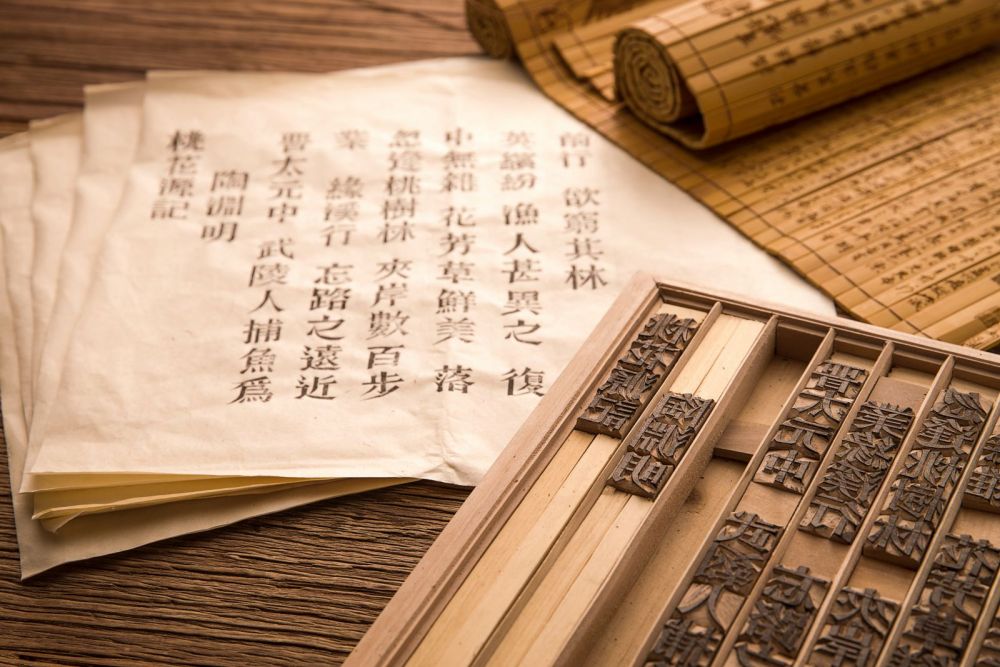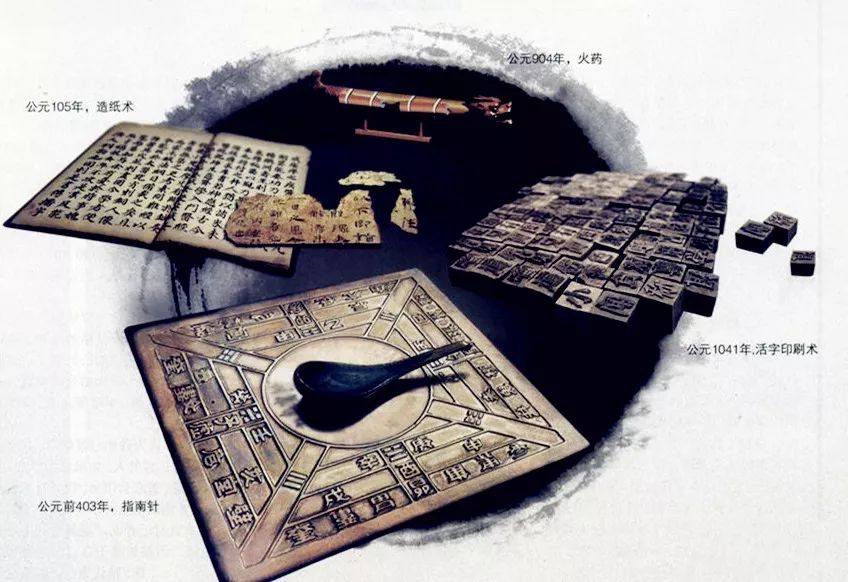
Speaking of China’s ancient technology, we must mention the Four Great Inventions in Ancient China, which includes Compass, Gunpowder, Papermaking and Printing. They are not only the symbols of the prosperity of science and technology in ancient China, but also the embodiments of the wisdom of Chinese people.
Four Great Inventions in Ancient China was firstly named by a western scholar and accepted by Chinese people later on. As early as the year of 1550, an Italian mathematician Jerome Cardan firstly put forward China’s great inventions which contributed a lot to the world. During 1861 and 1863, Marx and Engels emphasized the importance of these inventions. We will introduce the four great inventions one by one in the following text.

The compass was called Sinan in ancient times. Its main component is a magnetic needle installed on the axis. Under the action of natural geomagnetic field, the magnetic needle can rotate freely and keep in the tangent direction of magnetic meridian. The south pole of the magnetic needle points to the geographical south pole (the north pole of the magnetic field), and the direction can be identified by this performance. There is no final conclusion about when and who invented it. However, according to the traditional view, which is authoritative, it was invented by Xuanyuan Huangdi of xiongguo (now Xinzheng City, Henan Province). According to historical documents, it is said that in 2700 BC, the Emperor of Xuanyuan Huangdi invented the compass. He used a compass to distinguish the direction in the fog and defeated Chiyou.
There are four stages in the development of compass:
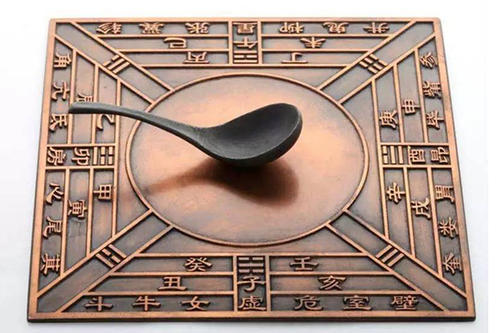
As early as 2000 years ago in the Han Dynasty (206 BC-220 AD), skilled craftsmen polished and chiseled the magnet into a spoon shape, placed it on the bronze chassis which was smooth as a mirror, and then cast directional engravings. When the magnetic spoon stops rotating on the chassis, the direction of the handle is due south, and the direction of the spoon mouth is due north. This is the earliest instrument for indicating direction invented by our ancestors in the world, called Sinan.
Later, the ancients made an ancient compass on the basis of Sinan. At that time, the compass was very similar to the compass used now. It has a magnetic needle to indicate the direction and a dial to show the direction. The compass can be installed on the ship to guide people to navigate.

In the early years of the Northern Song Dynasty, due to the needs of military and navigation and the development of materials and technology, the artificial magnet sheet and magnet needle and artificial magnetization method were used to make the guide fish which was more advanced than Sinan in performance and use.
Shortly after the invention of the guide fish, a compass with simpler preparation, more convenient use and wider use was invented. It was first described by Shen Kuo, a famous politician and scientist of the Northern Song Dynasty. In his book Meng Xi Bi Tan (1086 A.D.), he described the effect that the ground iron needle can point to the South with a natural magnet. The compass is not a complete guide, but a little East. This is the phenomenon of magnetic declination.
The use of the compass in modern society:
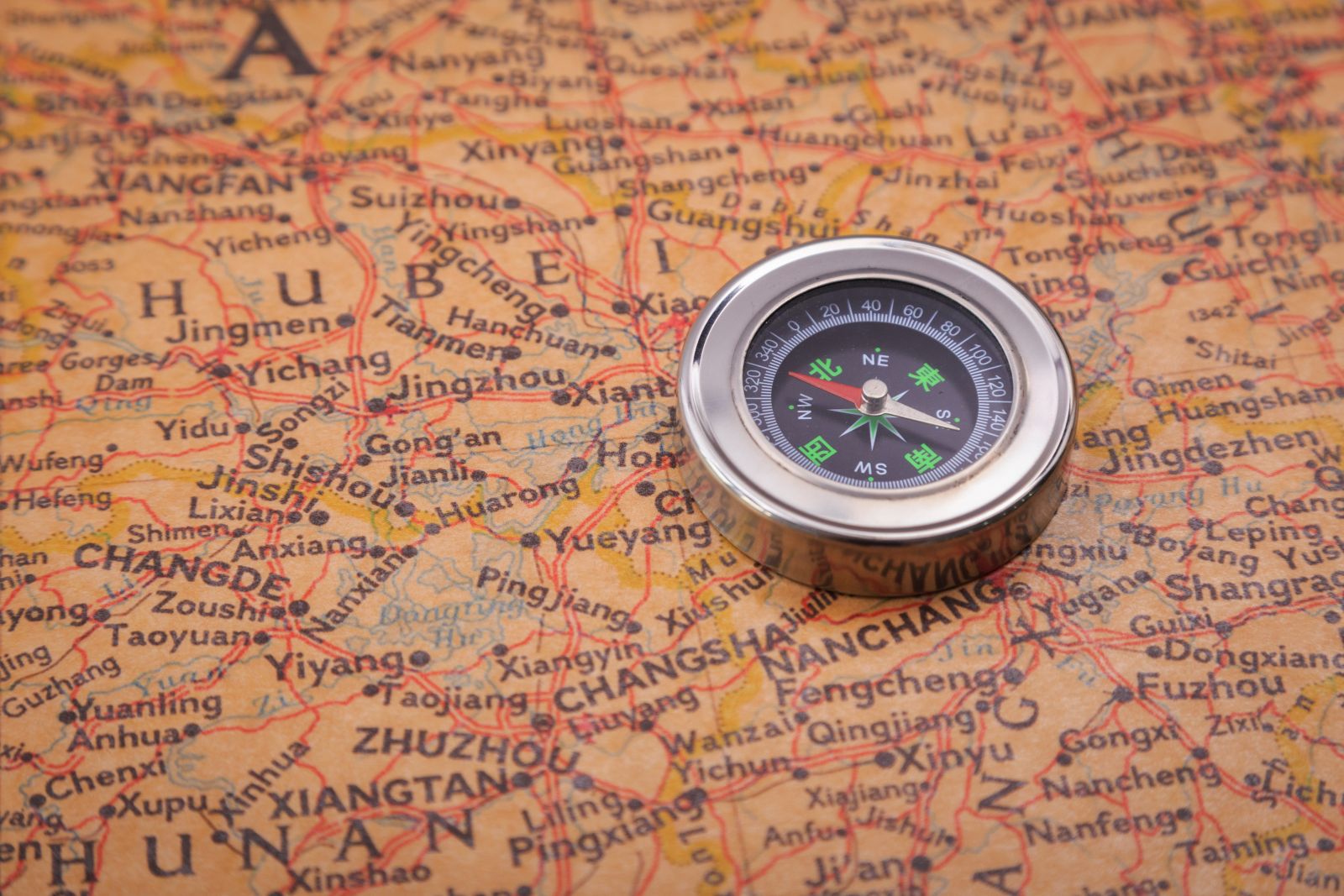
One is the geomagnetic compass made according to the polarity of the earth's magnetic field, but the north-south direction indicated by this compass is different from the real north-south direction, and there is a magnetic declination angle;
The other is the electronic compass. The magnetoresistance (MR) technology of the magnetic field sensor can be used to correct the problem of magnetic declination, which has been widely used in GPS positioning devices.
Modern people have made various kinds of the electronic compass. Apple mobile phones in the United States have this software. The electronic compass, also known as a digital compass, is a method to determine the north pole by using the geomagnetic field. When applied to mobile phones, it is actually an electronic compass. The electronic compass is generally made of a magnetoresistance sensor and fluxgate.
Gunpowder is an outstanding achievement in the history of human civilization. It has become one of the most important inventions of human civilization because of its lethality and deterrent power, which helps human beings to stop wars and defend themselves.

China was the first country to invent gunpowder. In the Sui Dynasty, the ternary system of gunpowder, namely, saltpeter, sulfur and charcoal, was born. In the late 9th century, black gunpowder appeared. Gunpowder was invented by ancient alchemists. From the Warring States period to the early Han Dynasty, emperors and nobles indulged in the illusion of immortality and made some alchemists and Taoists refine "immortal elixir", and gradually invented the formula of gunpowder in the refining process. In the first year of Yongchun reign of Emperor Gaozong of Tang Dynasty (682), the alchemists of Tang Dynasty first invented the method of sulfur subduing fire, which was made of sulfur and saltpeter, and then added soap horn (containing carbon). In the third year of Yuanhe (808) of emperor Xianzong of Tang Dynasty, the method of "Huoji" was created, which was made of saltpeter, sulfur and Aristolochia (containing carbon). These two formulations are a mixture of the three ingredients, and have initially contained the composition of the gunpowder.
Alchemy originated very early. In the Warring States strategy, it has been recorded that the alchemists offered immortal medicine to King Jing. Emperor Wu of the Han Dynasty also had the delusion of "long life", asking for pills from the people, recruiting alchemists and refining pills by himself. From then on, alchemy became popular. Alchemy has been popular for more than a thouFsand years, but in the end,F nothing has been achieved. However, the religiousness of alchemists and the frustration of searching for the elixir of immortality make the alchemists have to experiment repeatedly. This created conditions for the invention of gunpowder. Before the invention of gunpowder, alchemy had obtained some man-made chemicals, such as mercuric sulfide. It may be one of the earliest products made by chemical synthesis.
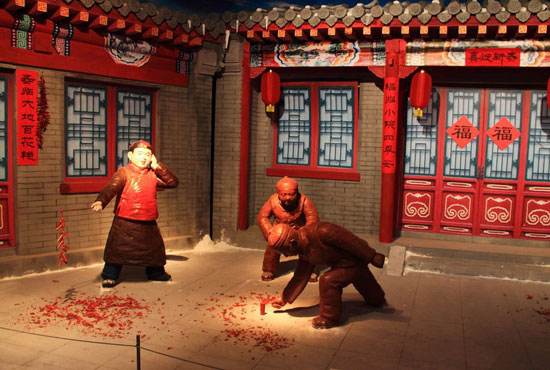
The gunpowder was not used for military purposes firstly, but for making fireworks. In the Song Dynasty, acrobatic performances such as "holding gongs", "hard ghosts" and "dumb art plays" were performed. The newly rising gunpowder products such as "exploding battle" and "spitting fire" were used to create a mysterious atmosphere. At the same time, people in the Song Dynasty also used gunpowder to perform magic arts, such as blowing out fireworks and mists to escape people and change things, so as to obtain the magic effect.
Later, Chinese people gradually applied it to the military and invented the world's first rocket. Artillery and muskets in the Song Dynasty, the military use of gunpowder in China has already been mature, making China's science and technology far ahead of the world.
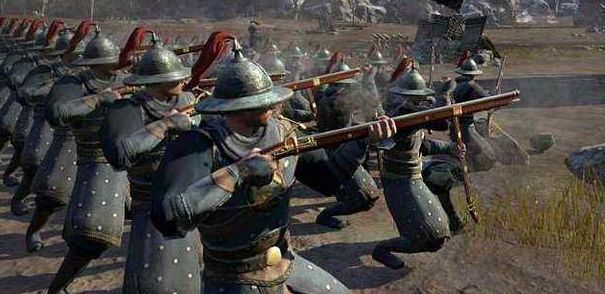
The gunpowder is mainly used in weapons, from the initial use of the combustion to the use of explosive performance of gunpowder. Various kinds of firearms can be made by using the combustion and explosion properties of gunpowder. In the Northern Song Dynasty, the gunpowder weapons with different uses were made by using the principle of burning and exploding black powder. The fireballs of Tribulus Terrestris and poison smoke balls were less powerful firearms. By the end of the Northern Song Dynasty, more powerful firearms such as "Thunderbolt gun" and "Thunderbolt" appeared. This kind of firearm was mainly used to attack and defend the city. In the Southern Song Dynasty, Chen Gui invented the firearm, which was made of a long bamboo pole. First, the gunpowder was loaded into the bamboo pole, and the gunpowder was ignited and sprayed at the enemy during the battle. Later, there was a firearm, which was made of thick bamboo tubes. This kind of tubular firearm is different from the firearm in that it can only spray a flame to burn people, but a "sub-nest" is installed in the catapult. After the gunpowder is ignited, strong gas pressure will be generated to shoot out the "nest". The catapult spear pioneered the launch of projectiles from tubular firearms. Modern guns are gradually developed from tubular firearms. So the invention of the tubular firearm is another great leap in the history of weapons. China's gunpowder has promoted the process of world history. Engels spoke highly of China's pioneering role in the invention of gunpowder: "it has now been proved beyond doubt that gunpowder was passed from China to the Arabs through India, and then it was introduced into Europe by Arabs." The invention of gunpowder greatly promoted the process of historical development and was one of the important pillars of European Renaissance.
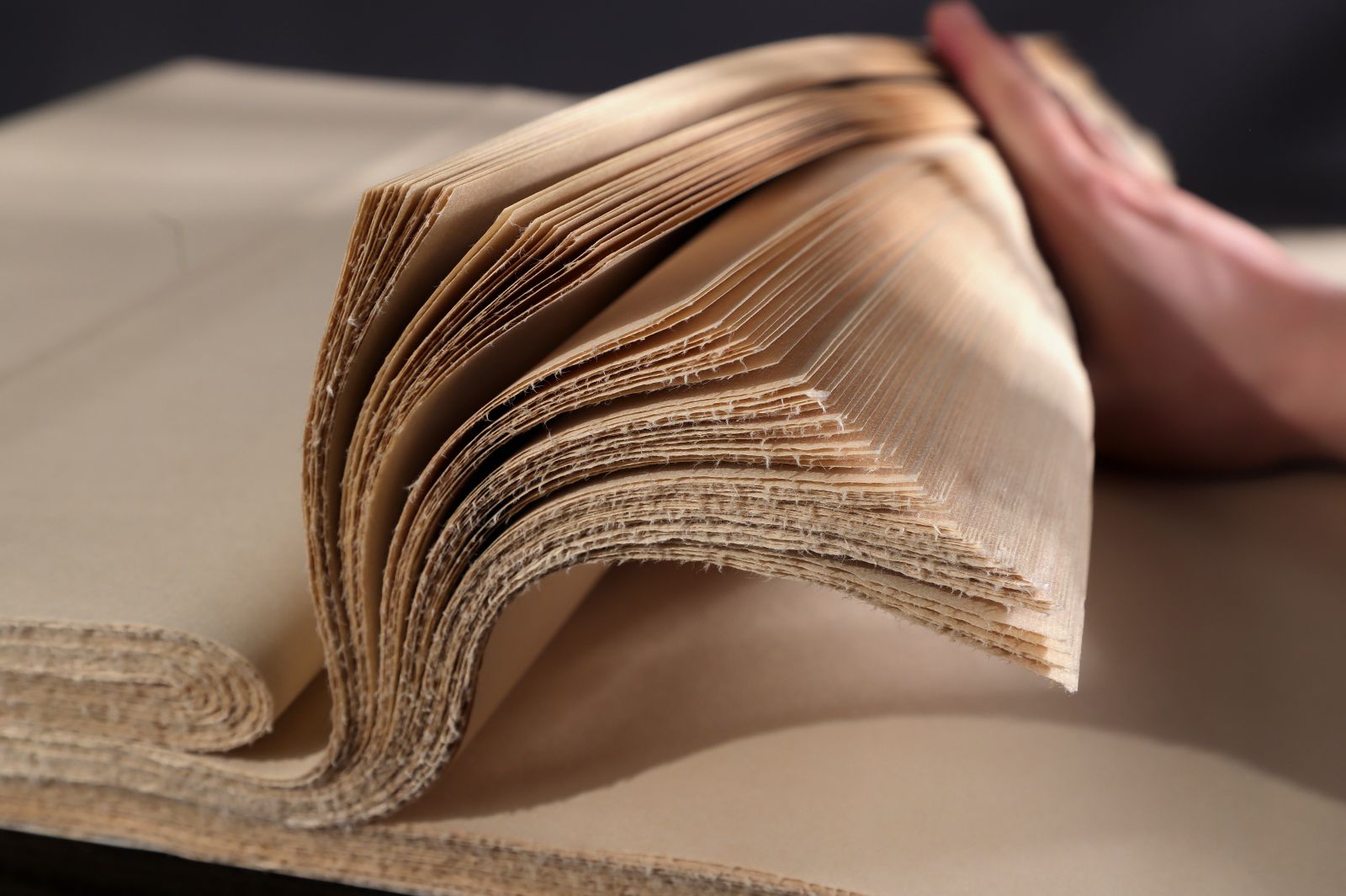
Papermaking was invented in the Western Han Dynasty and improved in the first year of Yuanxing in the Eastern Han Dynasty (105) by Cai Lun. Paper is the accumulation of long-term experience and wisdom of ancient Chinese people. It is an outstanding invention in the history of human civilization. In memory of Cai Lun's achievements, Chinese people call this kind of paper "Cai Hou paper" afterward.
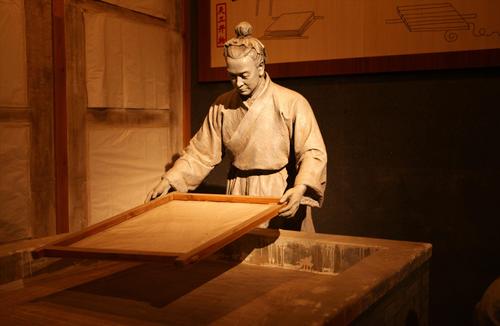
China is the first country in the world to raise silkworms and weave silk. Since ancient times, Chinese people have known how to raise silkworms and silk reeling. During the Qin and Han Dynasties, the handicraft industry of silk floss made from secondary cocoons was very popular. This method of treating secondary cocoons is called the flocculent method. The basic points of operation include repeatedly beating to smash the silkworm coat. This technology later developed into a beating in papermaking. In addition, in ancient China, silk and hemp were often degummed with lime water or plant ash water. This technology also gave enlightenment to the degumming of plant fibers in papermaking. Paper is developed with the help of these technologies.
In the early years of the Western Han Dynasty in the second century B.C., paper had already appeared in China. At first, the paper was made of bast fiber or bast fabric. Because papermaking was still in its infancy and the process was simple, the paper made was rough in texture, with many uncut fiber bundles. The surface was not smooth, and it was not suitable for writing, but only used for packaging. Until the Eastern Han Dynasty and the emperor period, after the improvement of Cai Lun, a set of relatively stereotyped papermaking process was formed. After the Han Dynasty, although the process was constantly improved and matured, the four steps basically did not change. Even in modern times, there is no fundamental difference between the wet papermaking process and the ancient Chinese papermaking process.
Papermaking, especially the papermaking technique improved by Cai Lun is a revolution in writing materials. It is easy to carry and widely used. It promotes the cultural development of China, Arabia, Europe and even the whole world.
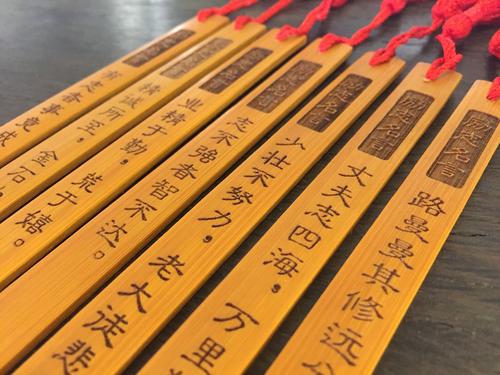
After the appearance of characters and letters, the most important thing is to have a good carrier to present characters and letters. In ancient Egyptians, people used papyrus from the Nile to record history; in ancient Europe, people used animal skins, such as sheep's skins, to write characters for a long time; in China, before the invention of papermaking, oracle bones, bamboo slips and silk were used for writing and recording in ancient times. However, oracle bones and bamboo slips are relatively bulky. Although silk is light, it is very expensive and not suitable for writing. In the Han Dynasty, due to the rapid economic and cultural development of the Western Han Dynasty, oracle bones and bamboo slips could no longer meet the needs of development, thus promoting the improvement of writing tools paper was invented. Papermaking is an important chemical process. The invention of paper is a very valuable contribution made by China in the dissemination and development of human culture. It is a great achievement in Chinese history and has an important impact on Chinese history.

The development of Chinese printing developed through block printing and movable type printing, which has offered a great gift to human development. Block printing was invented in the Tang Dynasty and was widely used in the middle and late Tang Dynasty. During the reign of emperor Renzong of the Song Dynasty, Bi Sheng invented movable type printing. Printing is characterized by convenience, flexibility, time-saving and labor-saving, which is a major breakthrough in ancient printing.
In the Qin Dynasty, Meng Tian invented a method to remove the water repellent substances on the surface of the hair by soaking it with lime water, which finally shaped the production technology of the brush and made it a real writing tool. So far, the ancients found a fluent, time-saving and labor-saving writing method, so that writing was no longer a hard job. People will write a few strokes in their spare time to kill time, thus creating a precedent of calligraphy art. Li Si of Qin Dynasty is the first great calligrapher in history, which shows the maturity of brush and ink technique.
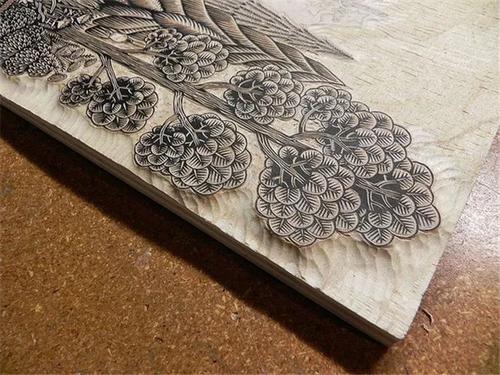
Block printing was invented in the Tang Dynasty and has been widely used in the middle and late Tang Dynasty. In the Song Dynasty, woodblock printing had reached its heyday, and there were many kinds of printed books. The better engraving materials are pear wood and jujube wood. Therefore, there is an idiom of "disaster and pear dates" to satirize the worthless books, which means that pears and jujube trees are wasted in vain. It can be seen that engraving was very popular at that time. From 1041 to 1048 A.D., Bi Sheng, who was a civilian, used clay to make characters. Each character was a seal, which was hardened by fire to make it pottery. When typesetting, first prepare an iron plate, on which the mixture of incense, wax, paper ash, etc. is relaxed. The iron plate is surrounded by an iron frame, and the iron frame is filled with characters to be printed, which is an edition. Then bake with fire, melt the mixture, and combine it with the movable type block. Press the type on the movable type with a flat plate while it is hot to make the writing smooth. Then it can be printed. In this way, the efficiency of printing two or three copies is not very high. If the printing number is too many, dozens of copies or even thousands of copies, the efficiency will be very high.
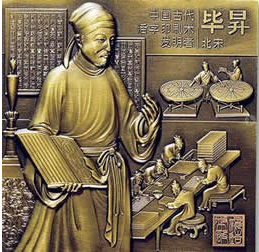
Sheng Bi invented movable type printing, which improved the printing efficiency. However, his invention did not receive the attention of the rulers and the society at that time. After his death, movable type printing was still not popularized. The clay type he created did not survive. But the movable type printing technology he invented has been handed down.
In 1965, it was found in the Baixiang tower in Wenzhou, Zhejiang Province. It was identified as a movable type version from 1100 to 1103 from fufu to Chongning in the Northern Song Dynasty. This is the earliest historical witness of Bi Sheng movable type printing technology.

The invention of printing is a glorious chapter in the history of human civilization. The large-scale production of printed books has increased the chances of books' retention and reduced the possibility of the extinction of handwritten books due to limited collection. Because of the wide spread of printed books and the increase of readers, the church's academic monopoly in the past was challenged by secular people. The priority of religious works has gradually been replaced by the works of humanist scholars. Readers have some understanding of the differences and contradictions in ancient books, which weakens their confidence in traditional views and establishes a foundation for the development of new knowledge.
Printing promotes the popularization of education and knowledge. Cheap books make more people have access to knowledge, thus affecting their outlook on life and the world. The popularity of books will increase people's literacy rate, which in turn increases the demand for books. In addition, handicraft industry from the early printing of manuals, advertisements found that printing such printed materials can be both fame and wealth. This in turn improves their reading and writing skills.
